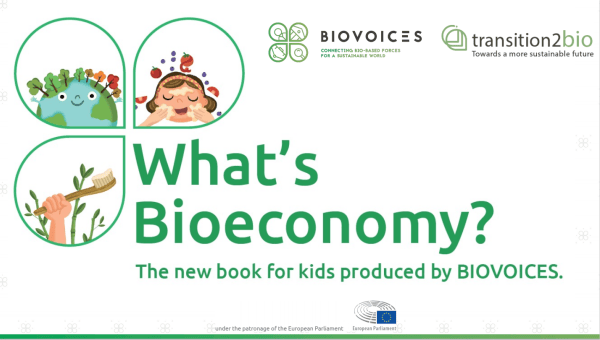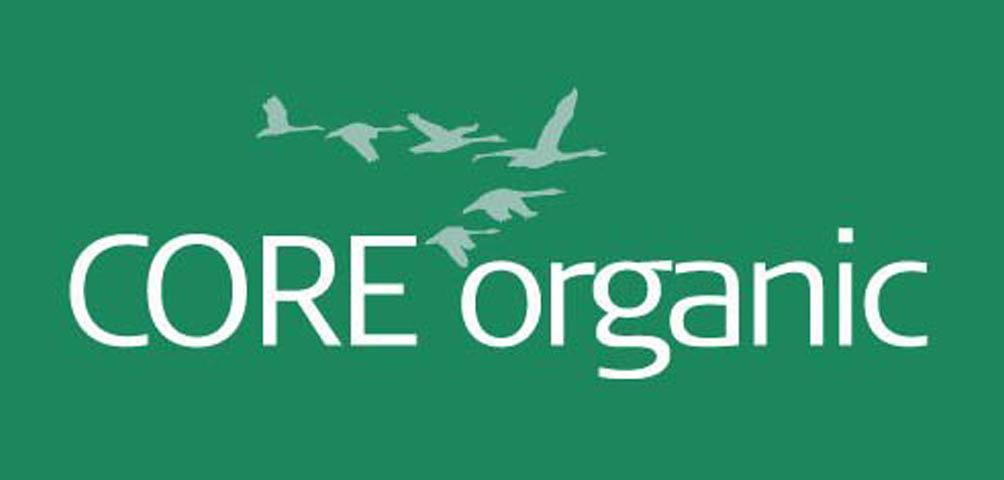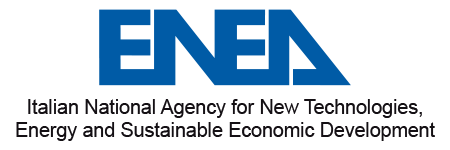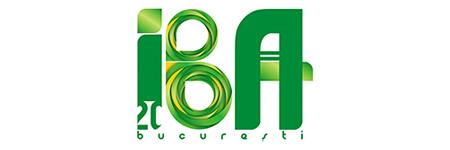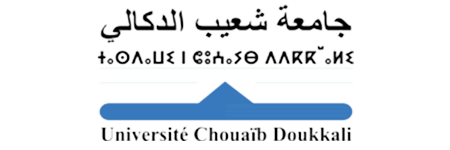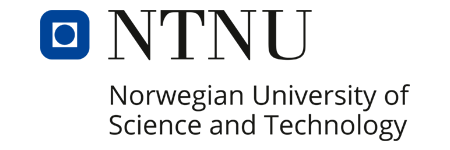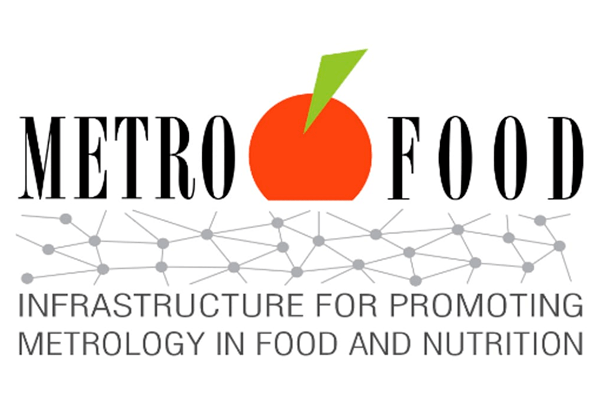Protein and biomolecules sources for nutritional security and biodiversity
of bakery products in a circular food system
LET’S GET KIDS ON BOARD THE BIOECONOMY
A new book for kids ‘What's Bioeconomy?’. With this initiative, the BIOVOICES project aims to educate young children about the bioeconomy in an easy and comprehensive way.
The official launch event took place on 30th March, under the patronage of the European Parliament and with the support of the most relevant stakeholders of the bioeconomy scene including the European Commission and the Bio based Industries Consortium (BIC).
The wider public is often unaware of bioeconomy-related terminologies, bio-based applications in everyday life and the technologies behind the innovations produced by the bio-based research and industry. As Peter Wehrheim (European Commission, Head of Unit DG RTD, Bioeconomy & Food Systems Unit) said «raising awareness and engaging stakeholders is of utmost importance for the future development of Bioeconomy».
What's Bioeconomy? is the first book ever written for kids on the bioeconomy, sustainability and circular concepts. Aspiring to realize the full potential of the future bioeconomy, the book promotes the knowledge and adoption of bio-based solutions and products in an easy and comprehensive way, raising awareness of sustainable production, consumption and lifestyles through education. To achieve this, it uses graphic illustrations to engage children aged 5 - 8 years old, their parents, grandparents, teachers and other adults who will read the book with them.
As Christian Patermann - better known as the “father” of the European bioeconomy- stated «this book for kids is just the beginning of an educational path on the bioeconomy that all schools should include». Nelo Emerencia from the Bio-based Industries Consortium (BIC) also stressed the concept that among today’s kids are tomorrow’s industry leaders.
Strengthening the knowledge and sensitivity of future generations on environmental issues, sustainability and circularity through information and education programmes that target the younger generation can contribute to raising informed future citizens, decision-makers and a workforce with a strong interest in the bioeconomy.
The pilot version will be printed in more than 10.000 copies in 11 languages - English, Italian, Portuguese, Spanish, Greek, Dutch, German, Romanian, Slovak, Estonian, Hungarian - and will be distributed in selected schools, bookshops, museums for children and other institutional contexts. All information has been validated by 32 experts from academia and industry (Scientific Committee).
Further information on the book is available HERE
